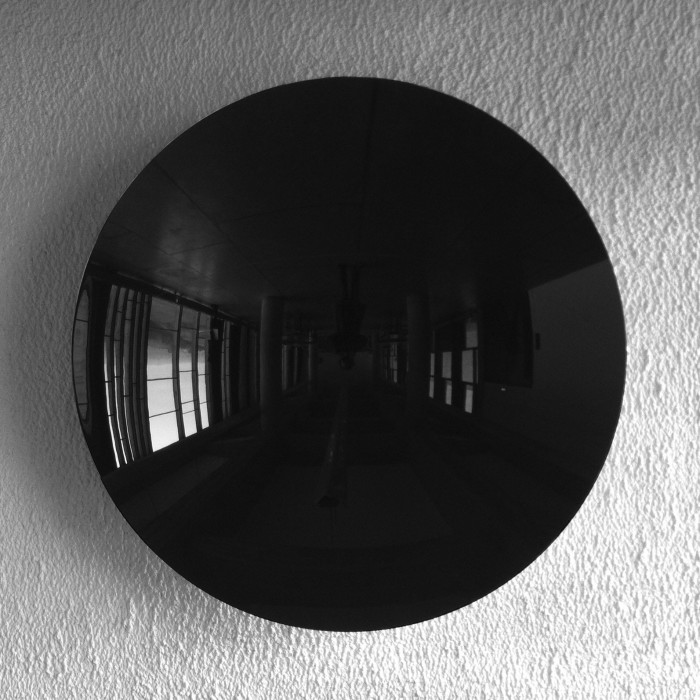MENU
crossed words
entradas con palabra clave: arquitectura | volver

El espacio psicoplástico de Josef Svoboda
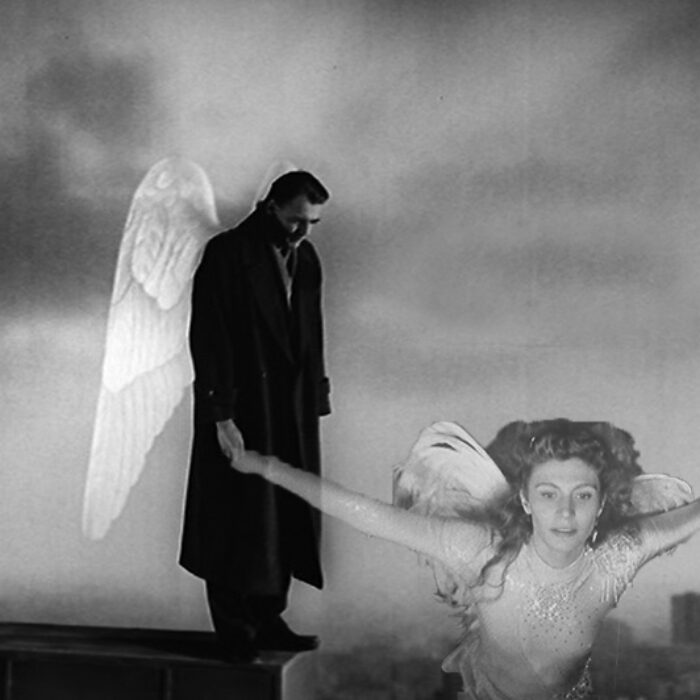
La representación del límite en El cielo sobre Berlín de Wim Wenders

Diccionario analógico. Cine y arquitectura.

Magritte. Words, images, cinema and architecture

Absolutely on Music. Conversations.

Georges de La Tour in Tous les matins du monde

The false return: archeographies of Elevator to the Gallows.

Godard in the Villa Malaparte

Read it and pass it on (Josep Quetglas, 1995)

Ozu’s House

The single look. An architect thinks the cinema

Cinema and Architecture. Extracts.

movie posters & no-movie posters

JackBackPack_Ruptura Silenciosa

The seduction of the Long take
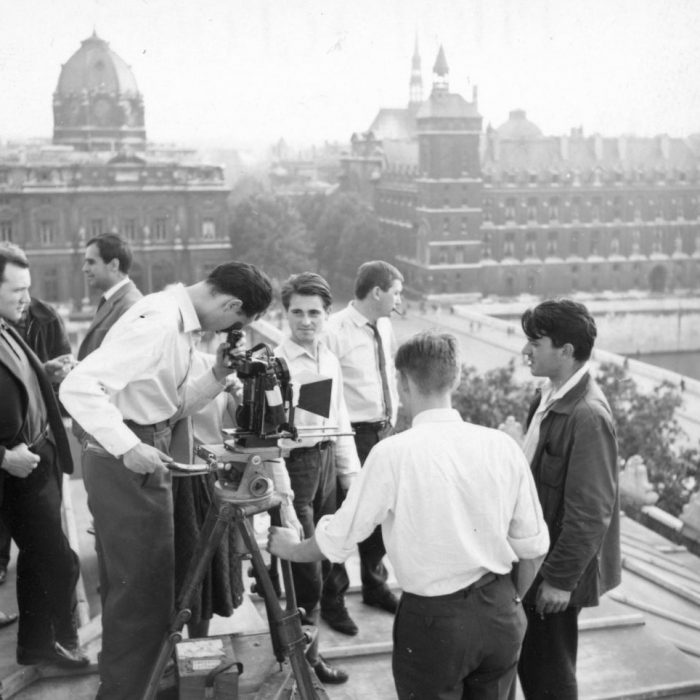
The false city. Urban space acting
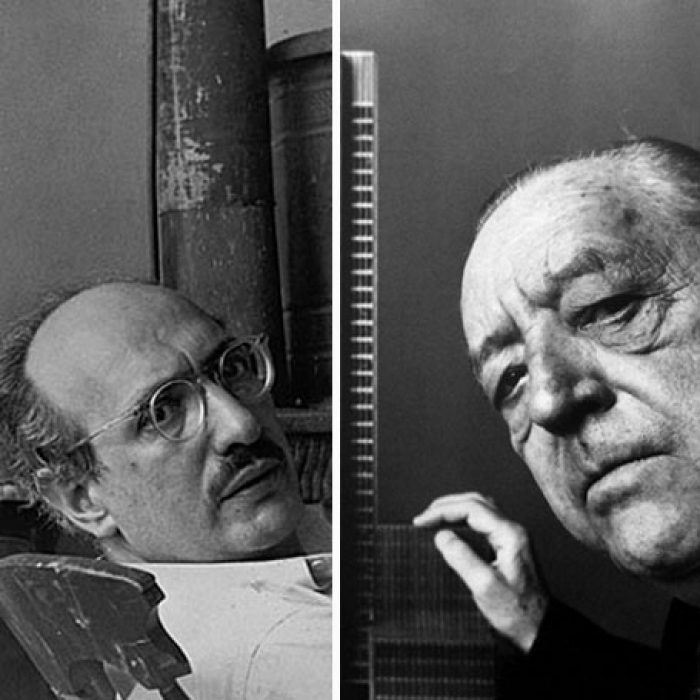
Mies and Rothko. Report of a [dis]agreement.

Gould and Monsaingeon. Form, structure and method.

Jeanne Moreau and Miles Davis. An unforgettable night.
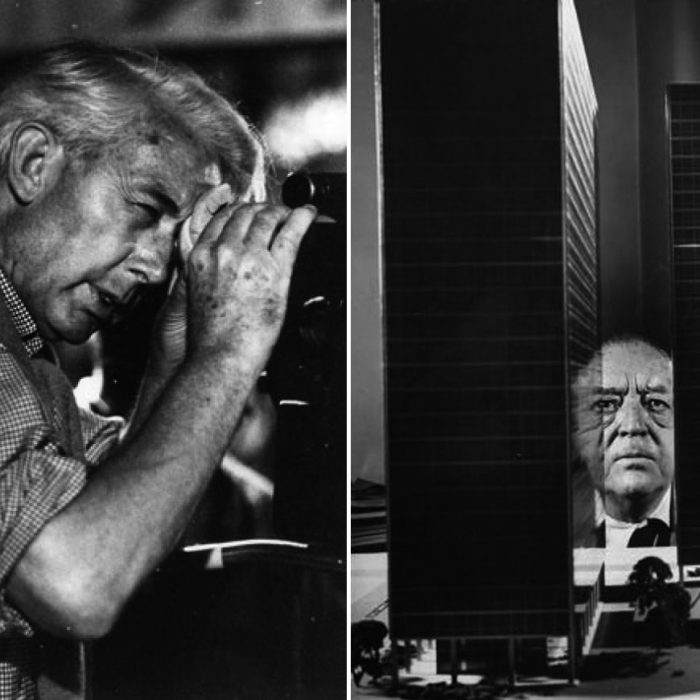
Cinema and Architecture

Abstracció en arquitectura: una definición (2000)
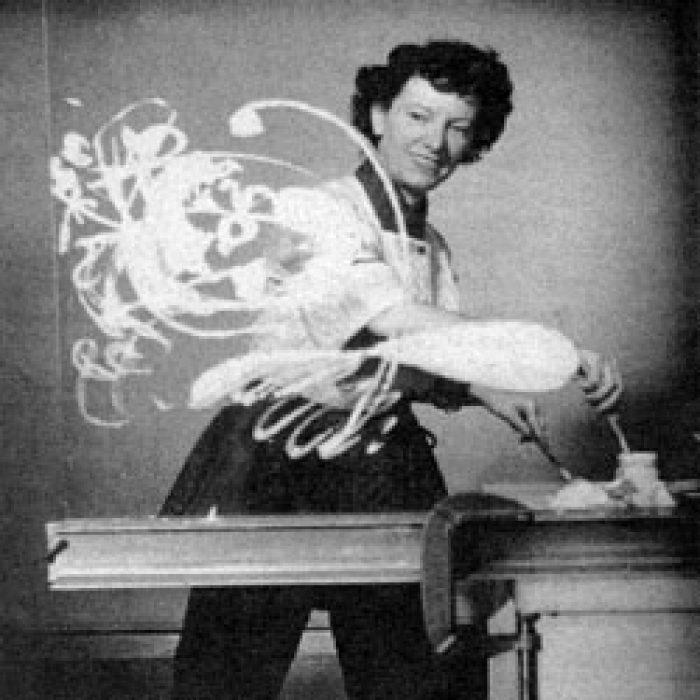
Mary Ellen Bute

Order and Form (1955)

Obras maestras (Livio Vacchini, 2009)

Richard Neutra and Josef von Sternberg

Sabina’s travel
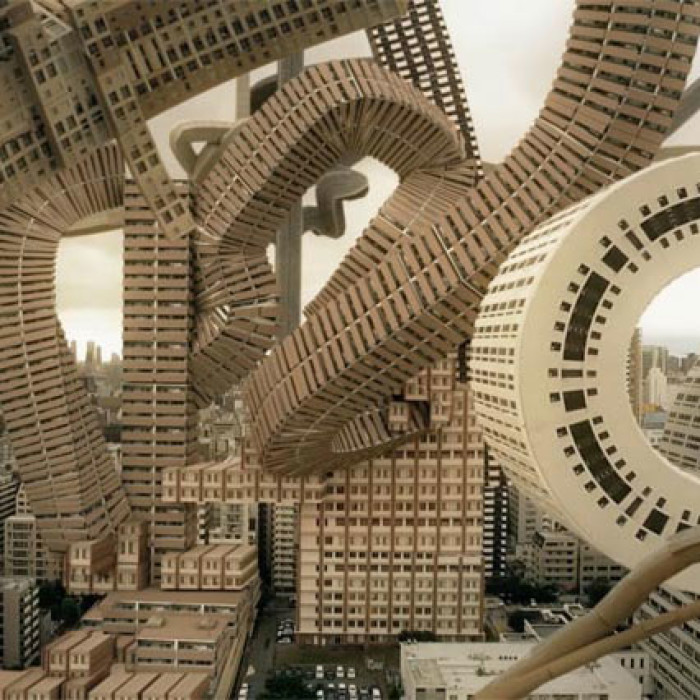
Spatial Bodies (2016)

Guido Crepax: Valentina’s architect

Federico Babina: Archidirector

Amalienburg’s seduction

The architect Stanley Kubrick. Frank Alexander house.

AVANCA 2016 FILM FESTIVAL
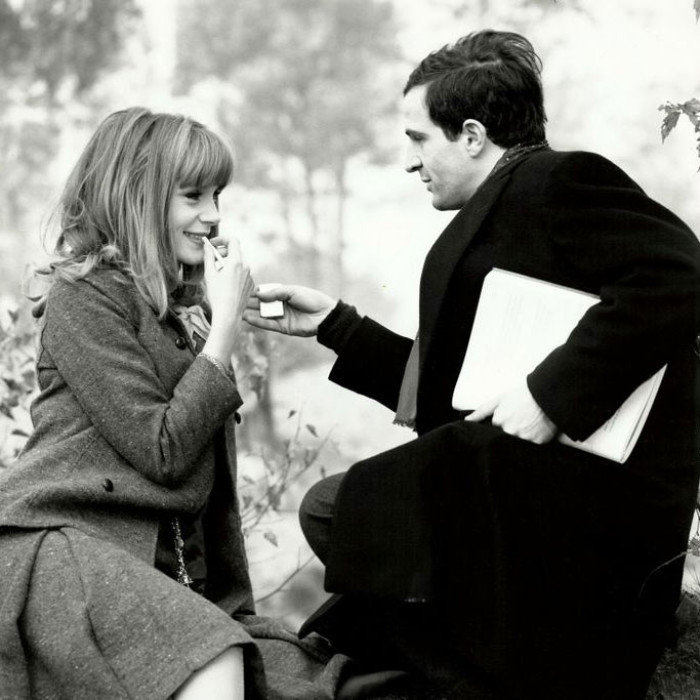
François Truffaut In Lisbon. La Peau Douce (1964)

Jean Cocteau in Les Carrières de Lumières


Petit Pierre

Art, taste and judgement (2008)
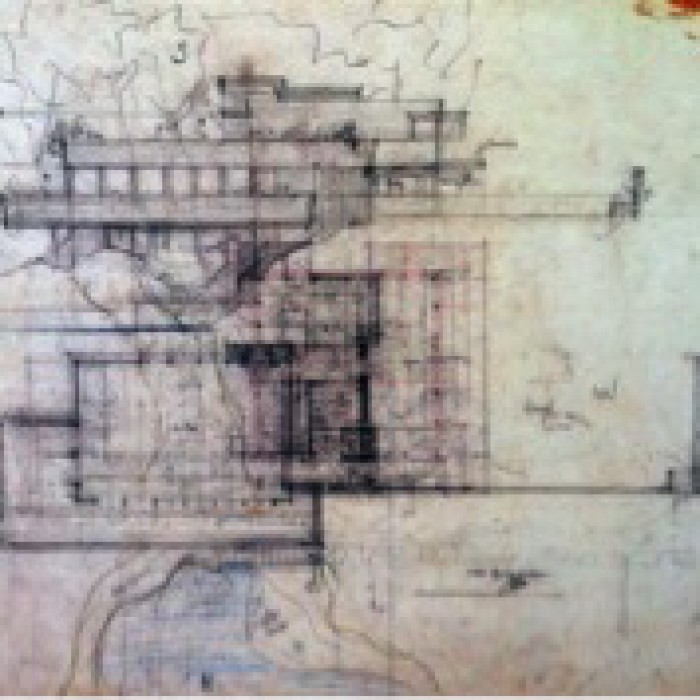
Viola’s comission

the architecture of Karl Blossfeldt
